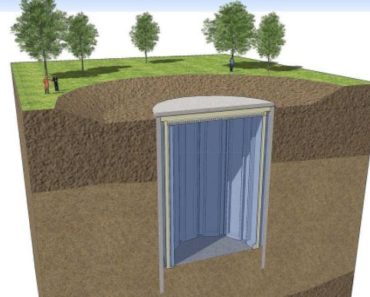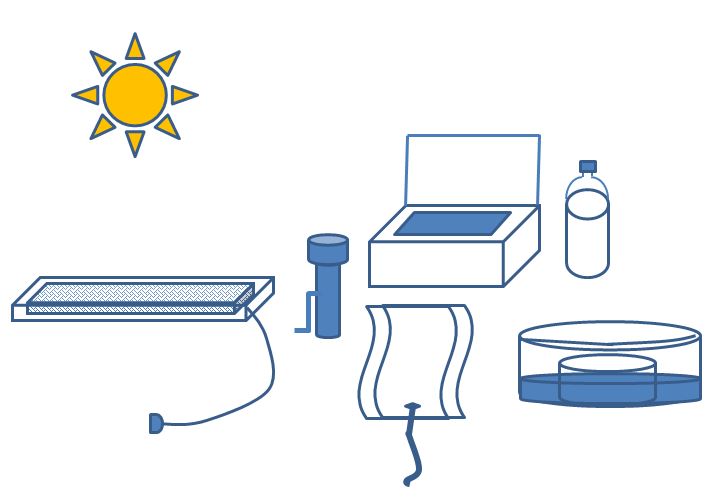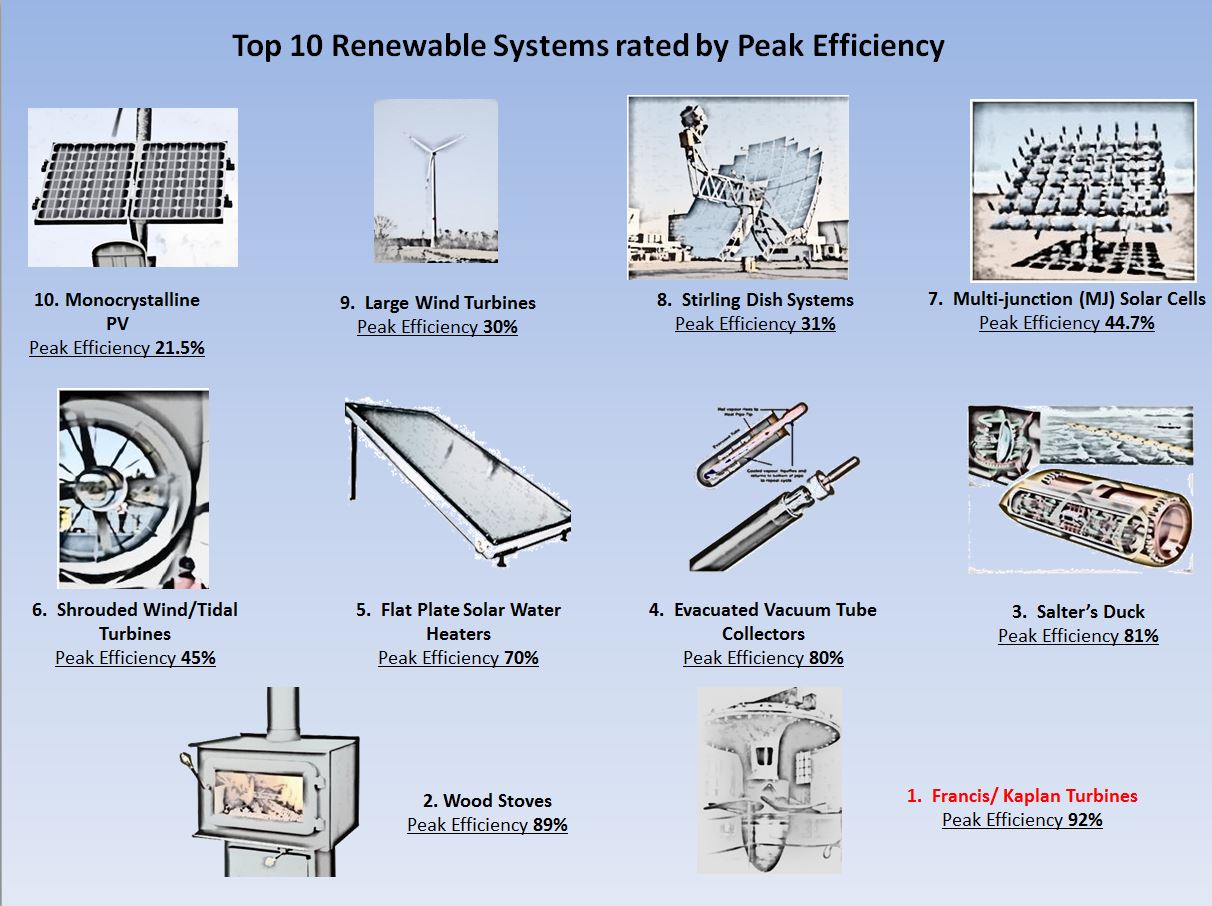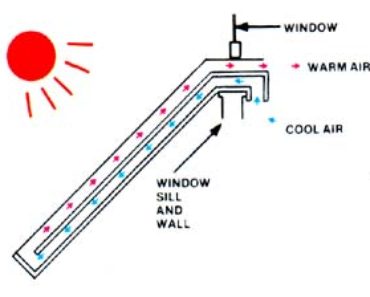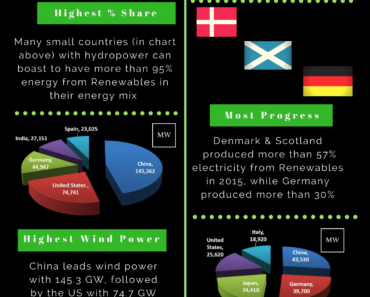Contents
Compared to the progress in solar and wind power technology, wave and tidal power has been slow off the mark.
Ocean (Wave and Tidal) power, unlike solar PV technology has been used for centuries. Mills in the coastal towns in England, France and Wales are reminders of the ingenuity of our ancestors, who learned from nature and tapped in to tidal energy. These mills were use to grind grain and some times even used as machines to cut other materials.
The advantage of tidal power was off course the advance knowledge of the times, the tides were to rise and fall. Thus the unpredictability factor was out of the equation.
The other reason why wave and tidal power hold a lot of potential is the working fluid (Sea water). It should be noted that density of salt water is 109 kg/m3. The density of air on the other hand is only 1.15 kg/ m3 at 20C. This means sea water is more than 894 times denser than air.
The advantage of high density of water can interpreted in several ways. For example. a tide at 3.5 m/s would have 894 times higher energy than wind at the same speed. Or it can be interpreted that a tidal machine that can 894 times smaller than its wind counterpart in producing the same energy (provided the speed of working fluid is same).
In-spite
of these promising facts, Wave and Tidal energy remain at the bottom end of the table of renewable energy technologies. In fact the combined ocean power today represents only 0.001% of total renewable energy produced around the world.
There are five reasons why both Wave and Tidal have been slow off the mark.
1. Corrosion
Salt water is incredibly corrosive. To make the body of wave a tidal devices corrosion resistant, not only paints are required but also a great amount of surface preparation. For example, if mild steel is used for wave device, it is mandatory to carry out an abrasive blast so to remove surface contaminant. For a machinery that has to operate continuously in sea water, the choice of materials is limited. Over the life of the Wave or tidal device, a repaint may be required several times.
2. Limited Degree of Freedom
For many tidal and wave devices, the prime-mover needs to be extremely flexible for extracting most energy out of water. In the case of attenuator type wave power device the relative angle between the two links is an important parameter. The Pelamis wave energy converter is an example of the attenuator type device. The greater the degree of movement or the greater the angle between two links, the more efficient the energy extraction is. At the same time the flexible joints that allow this movement come under a lot of stress. The maximum allowable degree of freedom for the first generation Pelamis device (P1) was about 12 degrees. In the second generation of Pelamis device (P2), this was increased to 14.5 degree resulting in an improvement of efficiency. Despite the advantage of having a higher degree of freedom, the angle is a restricted because the stress levels can often exceed the material limits.
Furthermore, waves can home in fairly quickly from separate directions, giving the wave device little time to adjust.
3. Mollusc and Crustaceans
An interesting challenge for the ocean energy devices comes from certain marine species. In a recent study, it has been pointed out that molluscs and crustaceans can cling to ocean energy devices can add weight to the device of up to 20 kg per meter square. This means that inertia of the devices will be increased resulting in slower movement and consequently loss of power.
4. Commercial Viability
Both wind and solar power have proven their commercial viability. In many cases, localized solar power can be cheaper than the grid power generated through conventional means. On the other hand, Wave and Tidal power projects have been completed as either part of research or through government grants. In the UK for example, to encourage the wave and tidal industry, two ROE certificates are issued for every Megawatt hour of energy produced as opposed to one in the case of wind and solar devices. Although a few commercial-scale tidal/wave energy plants have cropped up over time, such as the tidal system in the waters of Strangford Lough (Northern Ireland) but their feasibility is yet to be seen.
5. Marine Life Conservation
Just like bird strikes have been a challenge for the wind industry, the tidal industry also faces similar problems for marine life. This is particularly true for under water bladed devices. Harnessing of tidal energy over the Severn estuary caused an uproar among the environmental enthusiast. By trapping tidal water and allowing it pass through a passage that contains tidal turbine can be fatal for many marine species. Extensive surveys have to be carried out for their environmental impact before licenses are granted. This again can be an expensive proposition and is hindering the technology in lifting off.

